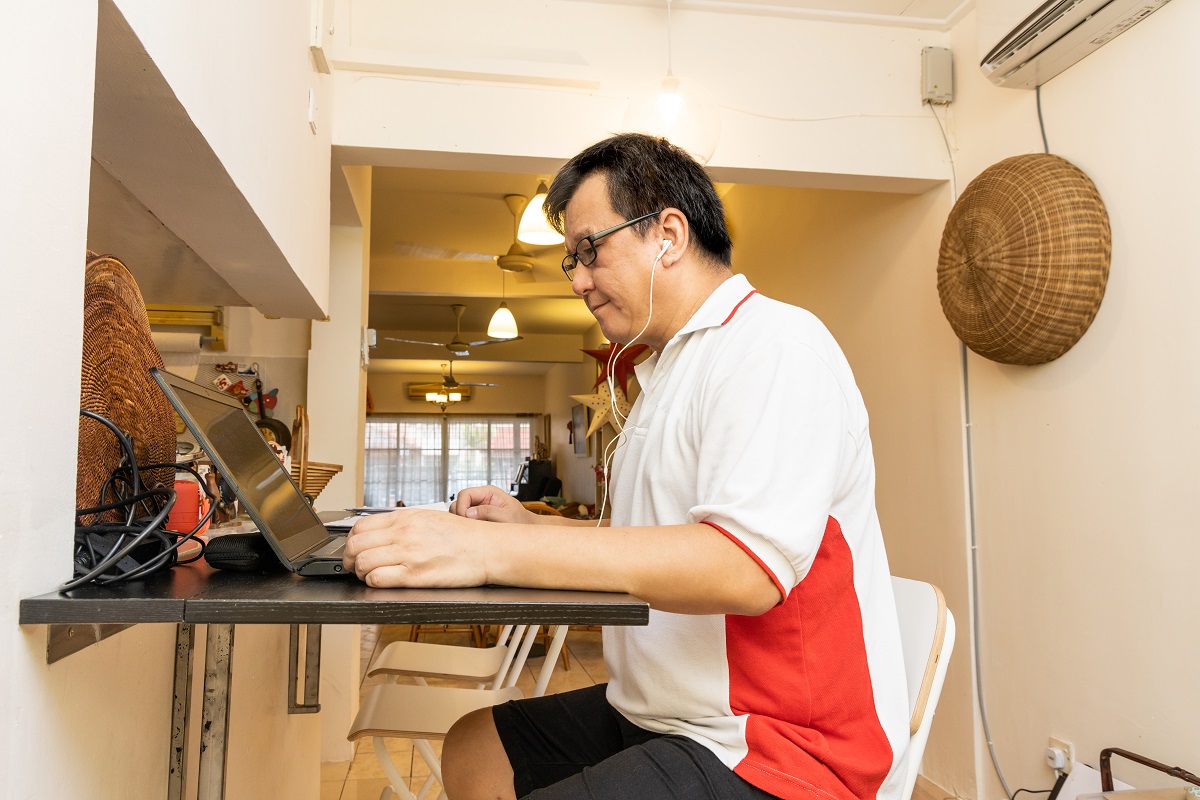What are some ways employers can retain employees during COVID?
- Create a safe and comfortable working environment
- Be flexible whenever possible
- Encourage new connections between employees
- Make employee wellness a priority
Managing employees has always been tricky for employers, but as the pandemic drags on, it is apparent that one of the most prominent problems for companies everywhere now is how to retain their employees despite the COVID unemployment crisis. Adding onto that, the workforce now has new demands and expectations when it comes to their working environment.
Luckily, with many companies shifting their priorities towards flexibility, technology, safety, and transparency, there are many new ways for employers to overcome this problem. Below are 4 practices you can integrate into your office’s day-to-day in order to boost employee retention – all while keeping your employees safe from COVID and working remotely at home.
Create A Safe And Comfortable Working Environment
An employer should consider the safety of their employees beyond the usual physical safety protocols. Even while working at home, creating a safe and comfortable online working environment for everyone is important. In fact, one can say that it is of greater importance nowadays to make sure your employees don’t feel isolated in their work. Instead, they should be able to feel that they are part of a healthy and supportive environment, where they feel that they can work to the fullest.
This may be difficult as working remotely may make your employees feel disconnected from the working environment. So it is important to emphasize communication and transparency between teams and management. Open communication helps cultivate the feeling of a safe and comfortable working environment even during a crisis, where employees don’t have to worry about their job security, or other issues such as gossiping, secrecy, or cyberbullying.
When this type of working environment is created, employees tend to feel more secure in their roles and are less likely to consider other employment options.
Be Flexible Whenever Possible

While ‘flexibility’ in the workplace became a hot topic at the beginning of the pandemic, it is more complicated than just merely shifting to remote work. Flexibility in work may look different for everyone and depends on the expectations of the employees and the capabilities of the employers.
Flexibility for some employees may mean changing their work times in order to accommodate other responsibilities to home and family, while another employee may consider flexibility to be what apps they are allowed to use when communicating with their teammates.
Since there are many ways that employees can consider flexibility in their schedules, responsibilities, and procedures, it is important for employers to communicate with them in order to establish boundaries, guidelines, and rules around flexibility in order to keep everyone on the same page. This also allows employers to take into account new ways to ease workflows between employees, as well as increase productivity and overall happiness.
Encourage New Connections Between Employees
Like with most things about working in an office, the pandemic has restricted the social interactions that employees used to experience on a daily basis. If your team is working remotely, it may be hard for them to socialize, particularly with new hires. Nowadays, many social connections have to be done with more intention and planning than before. This isn’t necessarily a bad thing, but employers should make sure to encourage these connections
It’s important to reintroduce the social aspect of work virtually. This can be done by incorporating activities such as online games, icebreakers, and even planned company meals over ZOOM during workdays in order to help your employees bond, give them a sense of belonging, and allow them to destress after work.
Make Employee Wellness A Priority

While working remotely allows many companies to ensure that their employees are staying physically well, employees’ mental wellness is something that was negatively affected, which was particularly apparent at the beginning of the pandemic. When considering employee wellness, employers should also pay attention to their mental state and how their employees are dealing with remote work.
Regular check-ins with employees and teams are one way that employers can check on their employee’s personal situations. A simple “How are you doing?” is an underrated way of showing your employees that they have a support system they can rely on when they are struggling. Following this question up with sincere acknowledgements, empathy, and sympathy are great ways to further enforce their trust in that support system.
Other than that, making sure that your employees are given enough time to destress and recharge before their next day of work is a simple way of helping them maintain that mental wellness. Encouraging your employees to take rest when needed with things like paid time off helps them prioritize and take care of their wellbeing without worrying about the consequences.
Key Takeaway
The pandemic has highlighted many previous problems for employers and has pushed many to reconsider the ways that they communicate with their employees. Learning how to retain employees during COVID, in particular, is something that has concerned many companies well into the pandemic.
Employers should not overlook their abilities to innovate and improve employee engagement. In order to retain employees, employers should pay extra attention to the needs of their employees while keeping them engaged and happy with their roles in the company. When employees’ needs are met, retention becomes less of an issue.



















